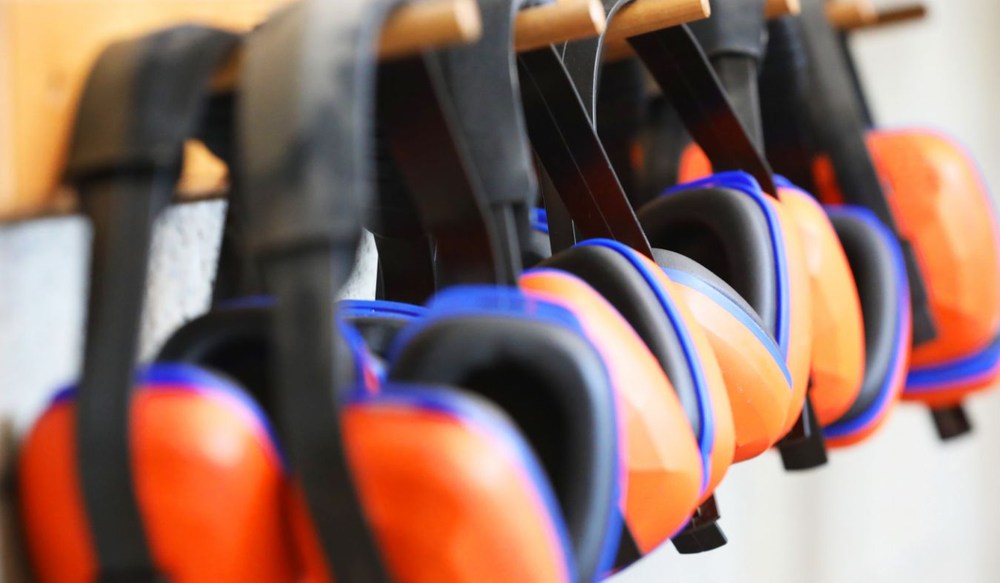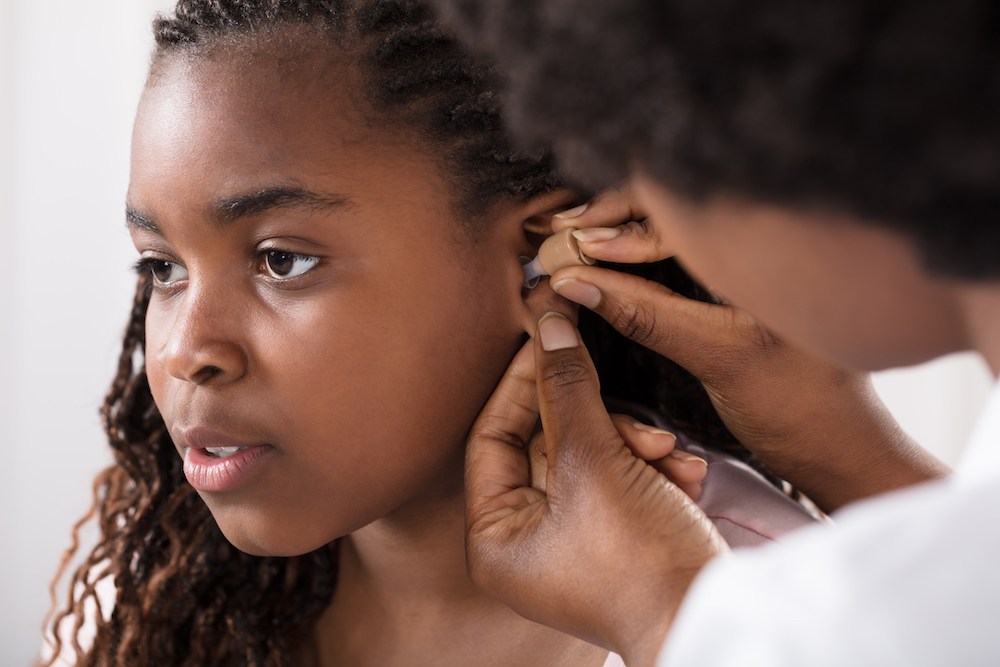What Young Adults Should Know About Hearing Protection
Hearing protection might not be something most young adults think about,
We’re Hiring! Click Here to Learn More About Our Career Opportunities →

Taking good care of your hearing aids by maintaining them is essential to keep them working effectively. When your hearing aids are in the best condition, they can function at their optimum level and deliver the best results for you. Sometimes, even when you take the best care of your hearing aids, they can develop a problem and you will need to have them repaired.
Hearing aids are complicated devices, which is why they provide such impressive improvements to your hearing. But, as with all sophisticated technology, problems can occur. You may find that issues develop with the device's technological components or the physical elements such as the earmold and casing.
There are three main hearing aid types: behind-the-ear hearing aids (BTE), in-the-ear hearing aids (ITE) and in-the-canal hearing aids (ITC). Because of the differences in the designs of these hearing aids, the repairs they require also differ.
Getting your hearing aids repaired when you detect a problem is the best way to keep them working well both now and in the future. Here are some of the most common hearing aid repairs:
Did you know that the size and shape of your ears can change over time? These changes can mean that even if your hearing aid's earmolds were a perfect fit when they were initially created, they might not stay that way in the long term. When your ears change size or shape, your hearing aid's earmold can become ill-fitting. When the fit of your earmold is no longer perfect for your ears, they can become incredibly uncomfortable.
You may feel like the earmolds are slipping around in your ear or that they are going to fall out. If your hearing aid's earmolds are ill-fitting, you will need to visit your audiologist for hearing aid repairs. Your audiologist may make a new earmold impression to create an earmold that matches your current ear size and shape, which will help your hearing aids feel far more comfortable.
Have you cracked the casing of your hearing aid? Cracked casing is a relatively common repair that is required for hearing aids. This can be caused by accidentally dropping or stepping on your hearing aid.
If your hearing aid casing is badly cracked, you may need to replace it entirely. If the damage to the casing is less severe, your audiologist may be able to repair it for you. If the casing has broken in the past and been repaired, it may not be possible to carry out another repair.
If you wear behind-the-ear (BTE) hearing aids, you may notice issues with the tubing develop over time. The tubing may become discolored, cracked or no longer fit as well. Problems with the tubing can impact the quality of your hearing aids and prevent them from working correctly. If this happens, you should see your audiologist, who will be able to fit new tubing for you and get your hearing aids working perfectly once again.

Hearing protection might not be something most young adults think about,

Hearing loss usually starts gradually, making it hard to notice right

Choosing the right hearing aid for your needs is about more than just